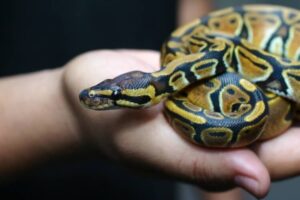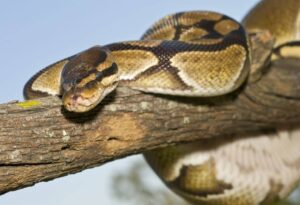Looking to dive into the world of ball python breeding? Awesome! Breeding these amazing reptiles is a rewarding endeavor, but it definitely takes some know-how. So, let’s talk about how to breed a ball python.
First off, you’ll want to understand the ins and outs of their reproductive cycle. Ball pythons have their own rhythms and cues, so getting familiar with their behavior during breeding season is key. From there, creating the perfect environment for breeding is crucial. Temperature, humidity, and even social dynamics play a big role in encouraging successful breeding.
In this guide, we’ll walk you through everything you need to know, from prepping your ball pythons for breeding to caring for the eggs and hatchlings. So, buckle up and get ready to become a ball python breeding pro.
Understanding Ball Python Breeding

Breeding ball pythons is an intricate process that involves understanding their biology, behavior, and specific environmental needs. These beautiful creatures have their own unique reproductive cycle, which typically occurs during certain times of the year.
One of the critical aspects of understanding ball python breeding is recognizing the signs that indicate they are ready to breed. This includes observing changes in their behavior, such as increased activity and appetite, as well as physical cues like swollen ventral scales in females.
Creating the optimal breeding environment is also crucial for success. This involves maintaining appropriate temperature and humidity levels in their enclosure, providing ample hiding spots, and ensuring that both male and female pythons are healthy and well-fed.
Once you’ve established the right conditions, it’s essential to introduce the male and female ball pythons carefully, monitoring their interactions closely to ensure they are compatible. Breeding should be approached with caution, as aggressive behavior or mismatches between individuals can lead to injury or stress.
After successful mating, female ball pythons will lay a clutch of eggs, which must be carefully incubated to ensure the development of healthy hatchlings. This involves maintaining stable temperature and humidity levels throughout the incubation period, typically lasting around 60 days.
As the eggs hatch, providing proper care and nutrition for the newborns is essential for their health and development. This includes offering appropriate food items and ensuring they have access to clean water and suitable habitat conditions.


